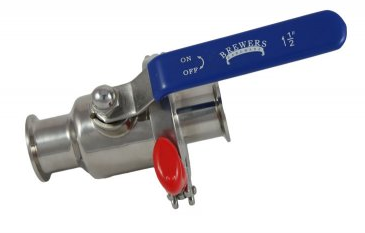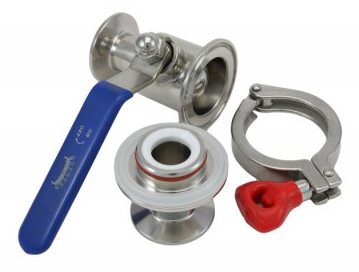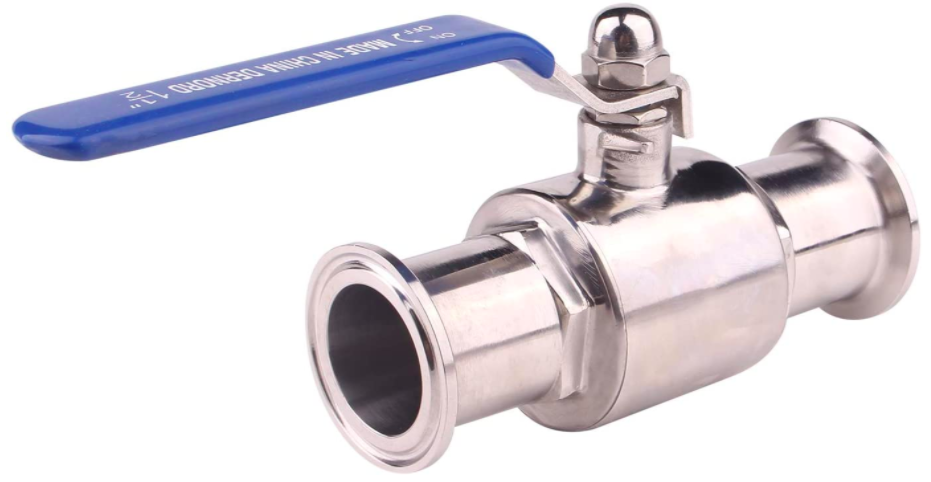Hello, brewers-
I have two new to me tri-clamp ball valves that started leaking after I cleaned and reassembled them.
After fermenting a few batches in my new (to me) Stout conical fermenter, I decided that I should disassemble the ball valves to clean and sanitize, on the advice gathered here. Indeed, upon disassembly, there was noticeable crud accumulated, and many nooks where crud could stay undisturbed. I was glad to have been able to get everything apart and nice and clean. The valves went back together (seemingly) quickly and painlessly.
Upon assembly and testing with Starsan, one of them was found to be leaking. After trying to tighten the assembly halves together, I took it apart, reassembled, and had it handled, or so I thought. It looked good enough to ferment in, and so I began that process, only to find that the leaky valve was still leaking very slowly. I remedied that by attaching a stainless cap to the end of that valve. Then a day or two later, I found that the other valve now has a very slow leak.
Has anyone else encountered this difficulty?
I have two new to me tri-clamp ball valves that started leaking after I cleaned and reassembled them.
After fermenting a few batches in my new (to me) Stout conical fermenter, I decided that I should disassemble the ball valves to clean and sanitize, on the advice gathered here. Indeed, upon disassembly, there was noticeable crud accumulated, and many nooks where crud could stay undisturbed. I was glad to have been able to get everything apart and nice and clean. The valves went back together (seemingly) quickly and painlessly.
Upon assembly and testing with Starsan, one of them was found to be leaking. After trying to tighten the assembly halves together, I took it apart, reassembled, and had it handled, or so I thought. It looked good enough to ferment in, and so I began that process, only to find that the leaky valve was still leaking very slowly. I remedied that by attaching a stainless cap to the end of that valve. Then a day or two later, I found that the other valve now has a very slow leak.
Has anyone else encountered this difficulty?




















































![Craft A Brew - Safale S-04 Dry Yeast - Fermentis - English Ale Dry Yeast - For English and American Ales and Hard Apple Ciders - Ingredients for Home Brewing - Beer Making Supplies - [1 Pack]](https://m.media-amazon.com/images/I/41fVGNh6JfL._SL500_.jpg)








